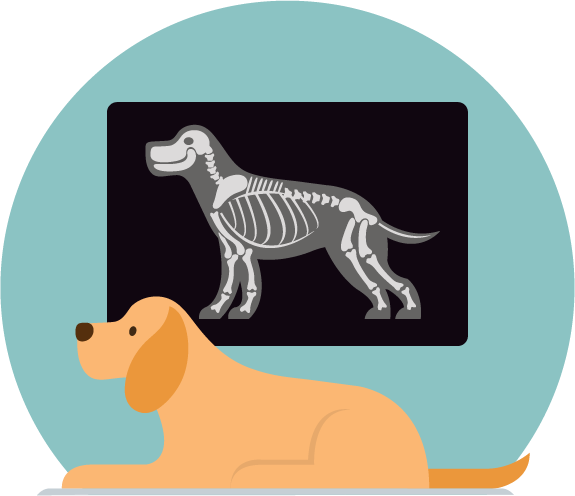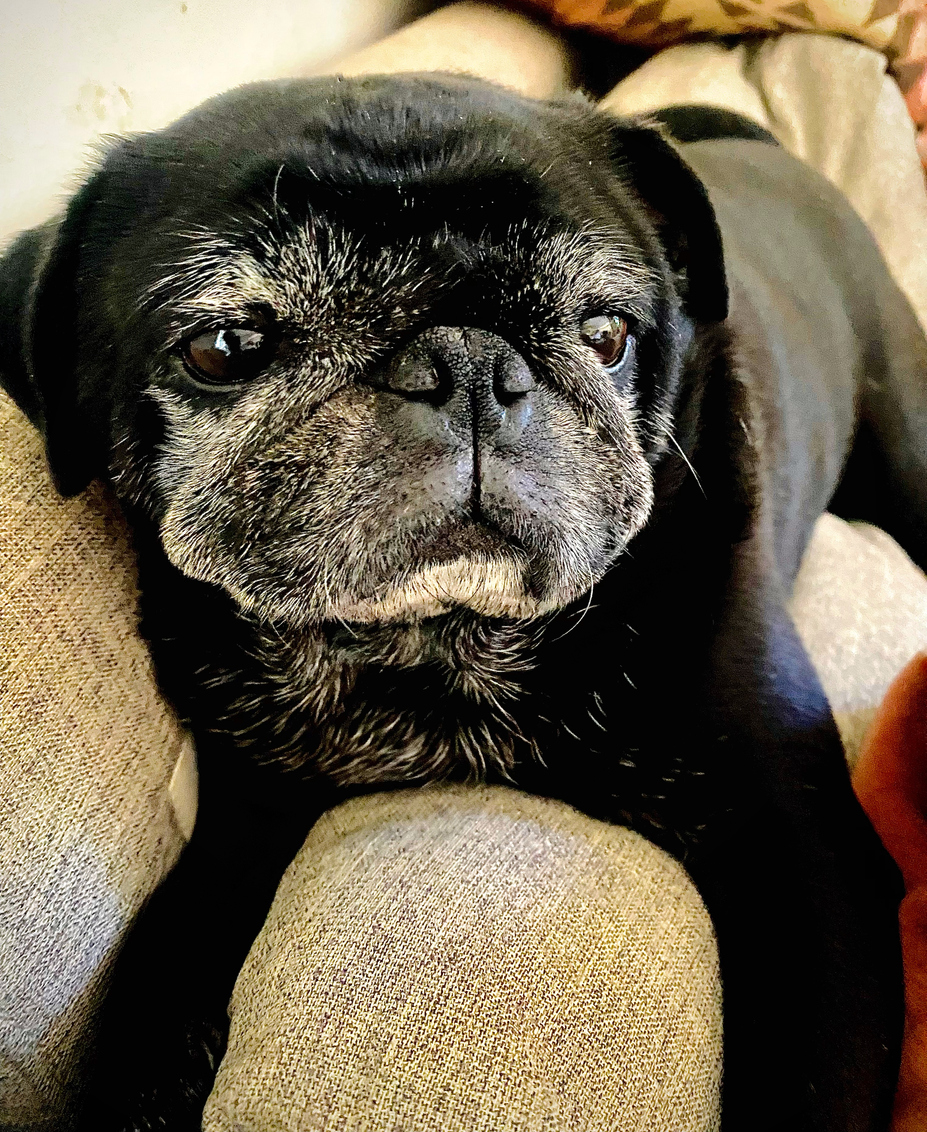Conscious vs Sedated Radiographic Studies
What are Radiographs?
Radiography is the imaging of body structures, or parts of the body, using X-rays. X-rays are a form of radiation similar to visible light, radio waves and microwaves. X-rays are special because it has a very high energy level that allows the x-ray beam to penetrate through the body and create an image.
Radiographs are one of the most important diagnostic tools for the veterinary clinician. It allows the veterinarian to have a look inside the body, allowing assessment of integrity of structure, organ size, fluid accumulation, foreign material etc which can help guide a clinician in appropriate treatment and case management.
With the ease of digital radiography, radiographs have been able to provide a wealth of information quickly and efficiency.
It is extremely import that a patient stay very still during the procedure. Excessive movement will result in poor quality radiographs that may be challenging to interpret.

Conscious vs Sedated?
Most patients do not require sedation for radiographs. This is entirely dependent on the patients temperament, area of interest (location of radiographs, e.g. chest and abdomen is generally well tolerated by pets) and degree of pain that your pet may be in.
Your veterinarian will take these factors into consideration in determining whether sedation or analgesia is indicated prior to completing a radiographic study.
There are many benefits in completing radiographs under sedation. It can help reduce anxiety and stress associated with the procedure, promote acquisition of good diagnostic studies with minimal repeats, and to control pain associated with manipulation of your pet with painful disorders such as fractures and arthritis.




